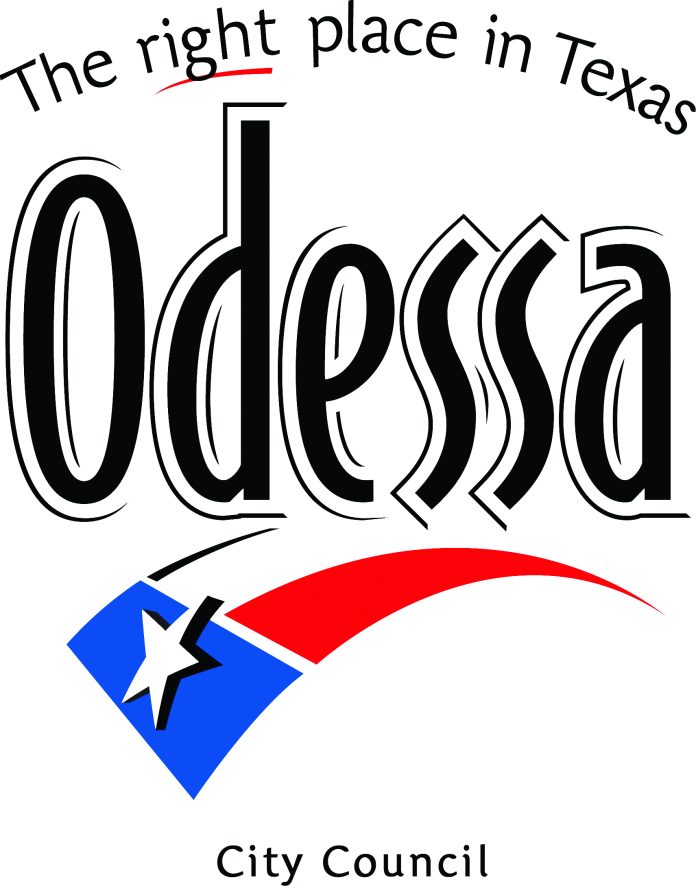Thanks to stringent standards put into place by China and India, recycling isn’t nearly as profitable as it once was and it appears as though the City of Odessa will soon be losing 326 recycling bins as a result.
Last week, Utilities Director Tom Kerr told council members BRI Recycling Services, which has had a contract with the city for roughly 20 years, was unwilling to continue processing the recyclables from the 300-plus bins placed around the city at schools and commercial businesses like DK convenience stores.
He also told the council BRI is raising its rates.
“They advised us that the waste percentage in the commercial pickup was just too much for their consideration to process,” Kerr told the council.
Roughly 50% of the materials in the recycling bins is contaminated, Kerr said.
In 2018, China decided it wouldn’t accept materials unless the contamination rate was 0.5%. Up until that point, 40% of the United States’ paper, plastics and other recyclables went to China. India, too, has tightened its standards. For example, it has a 1% contamination rate on mixed paper imports.
According to Kerr, the city currently disposes roughly 100,000 tons of garbage a year and about 700 tons of recyclables.
Knowing that BRI’s contract ends in January, Kerr told the council he sent out a request for proposals, but BRI is the only company that responded. As a result, he said the council has four options to choose from.
If the council wants to maintain the current contract with BRI, minus the 326 bins, it will cost the city $96,000 a year instead of the current $60,000 price tag, Kerr said.
The city would continue to pick up the recyclables at the city’s seven collection sites and the Time Machine and BRI employees would continue to separate trash from recyclables on city property on 42nd Street.
The second option would involve the city continuing to bring everything to the 42nd Street facility, but BRI would take and separate the materials at the company’s facility in Midland. The price tag: $276,000.
The third option would be for BRI to pick up the bins at the seven collection sites and the Time Machine, hauling the materials to Midland and separating it there, Kerr said. The total cost: $354,000.
The fourth option is to stop recycling completely.
The problem with the $96,000 option is the city would save roughly $68,000 a year, but it would have to replace the building where the separating takes place at a cost of $1.85 million, Kerr said. The 16,000 square foot building is in terrible condition, he said.
All of the city council members indicated they are inclined to go with the third option, where BRI would start picking up and hauling the materials to Midland. They’ll vote on the matter Tuesday night.
Kerr predicts 70% of the schools and commercial businesses using the recycling bins will replace them with trash bins, bringing in an additional $243,000 in revenue annually. They are currently paying $33 a month for the recycling bins and the trash bins cost $86 a month, he said.
Taking into consideration other expenses and cost savings, Kerr said the city has to increase its budget by $149,766 if the council chooses option three. If the city council chose the second option and continued to haul everything to 42nd Street itself, the city would have to increase its budget by just under $112,000.
Stopping recycling completely would save the city just over $164,000, he said.
In other matters, the city council will consider awarding KDC Associates, a Midland company, a $650,000 contract to design and oversee a downtown improvement project.
Kelly Cook, a partner with the firm, and Casey Hallmark, Downtown Odessa executive director, told the council last week KDC looked at downtown to see where an entertainment district could be located and where the city could get the biggest impact for the $7 million it issued in certificates of obligation three years ago.
Cook provided the council with artist renderings of Jackson Avenue, but noted no location has been set in stone. They’re suggesting Jackson Avenue because the project could take six months to two years and fewer businesses would be disrupted, there would be immediate changes taxpayers could see, it would link to public-private partnership projects that are already finished and there’d be fewer interactions between pedestrians and vehicles.
Cook and Hallmark said prior to the start of the project, KDC would engage businesses, members of the public and the city council in discussions about the entertainment district’s features.




